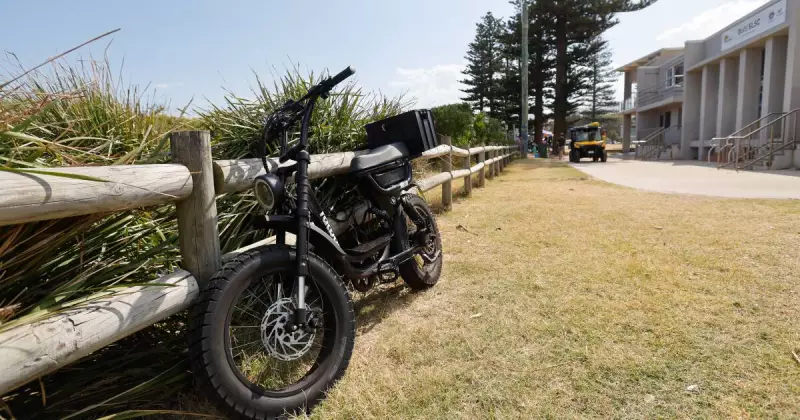
The rapid rise of e-bikes across Australian cities has taken a dark turn, with a series of tragic deaths and safety incidents prompting urgent warnings from experts. What was meant to be a green transport revolution is now raising serious questions about safety standards and regulation.
The Hidden Dangers Behind the Electric Boom
Australia's love affair with electric bikes is facing a sobering reality check. Recent fatalities linked to e-bike incidents have exposed critical safety gaps that could affect thousands of riders. From faulty lithium-ion batteries to inadequate rider training, the issues run deeper than many consumers realise.
"We're seeing a perfect storm of factors," explains transport safety researcher Dr. Christopher Cherry. "The technology has outpaced regulation, and consumers are often unaware of the risks they're taking."
Lithium-Ion Batteries: The Invisible Threat
The very technology that powers the e-bike revolution is proving to be its Achilles' heel. Lithium-ion batteries, when damaged or poorly manufactured, can become ticking time bombs. Several recent incidents have involved batteries overheating, catching fire, or even exploding – sometimes with fatal consequences.
Common battery dangers include:
- Overcharging leading to thermal runaway
- Physical damage from crashes or impacts
- Cheap, uncertified batteries flooding the market
- Incompatible chargers causing electrical faults
Beyond the Technology: Human Factors at Play
It's not just about the hardware. The accessibility of e-bikes means many new riders are hitting the roads without adequate experience or understanding of road rules. The increased speed and weight of e-bikes compared to traditional bicycles creates new challenges for both riders and other road users.
"People don't realise an e-bike handles completely differently to a regular bike," says cycling instructor Maria Deyson. "The acceleration, braking distances, and overall weight distribution require new skills that many riders simply don't have."
The Regulatory Gap: Australia Playing Catch-Up
Australia's regulatory framework has struggled to keep pace with the e-bike explosion. Unlike Europe, where e-bike standards are well-established, Australian authorities are still grappling with how to ensure safety without stifling innovation.
Key regulatory challenges include:
- Inconsistent state-based regulations
- Lax import controls on substandard products
- No mandatory safety training for e-bike riders
- Inadequate post-market surveillance of safety incidents
What Needs to Change: Expert Recommendations
Safety advocates are calling for immediate action on multiple fronts. Stronger consumer protection, better education programs, and clearer safety standards top the list of urgent priorities.
"We need a coordinated national approach," insists consumer safety advocate Rachel Thomson. "This includes mandatory safety standards for all e-bikes sold in Australia, proper certification of batteries and chargers, and comprehensive rider education campaigns."
For current e-bike owners, experts recommend:
- Only using manufacturer-approved chargers
- Never leaving batteries charging unattended
- Regularly inspecting batteries for damage
- Taking an e-bike specific safety course
- Always wearing appropriate safety gear
As Australia embraces sustainable transport, finding the balance between innovation and safety has never been more critical. The electric bike revolution promises cleaner cities and healthier citizens – but only if we can ensure it doesn't come at the cost of human lives.





